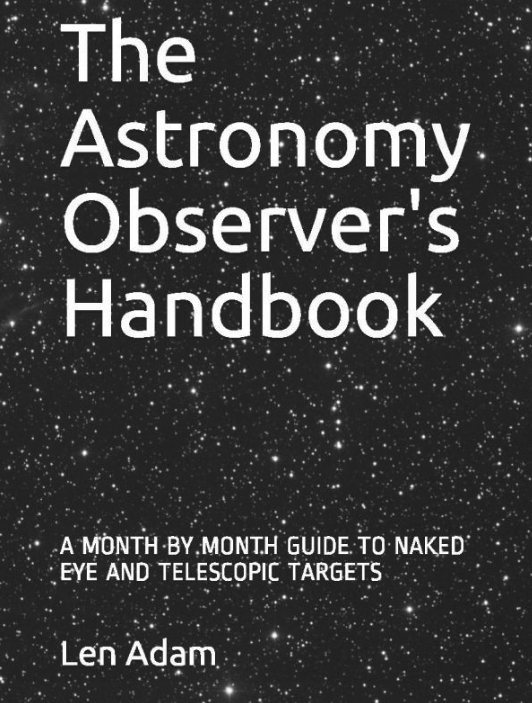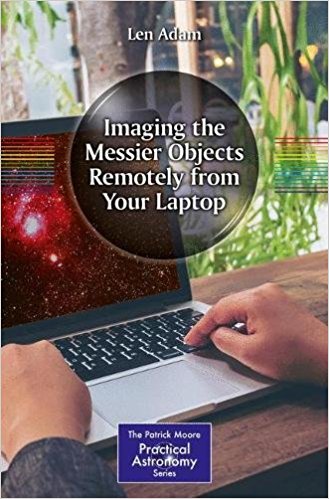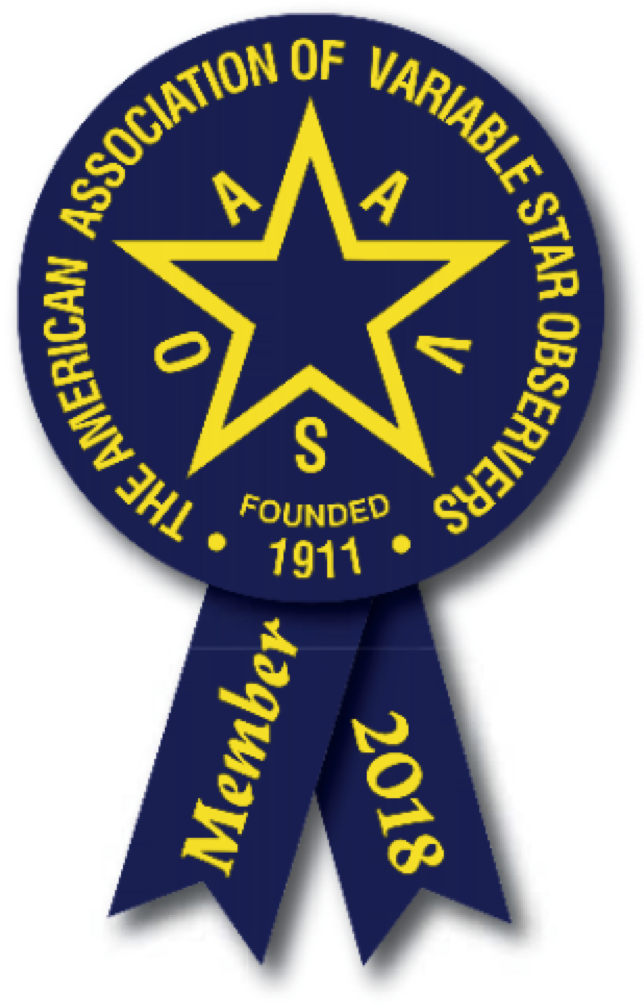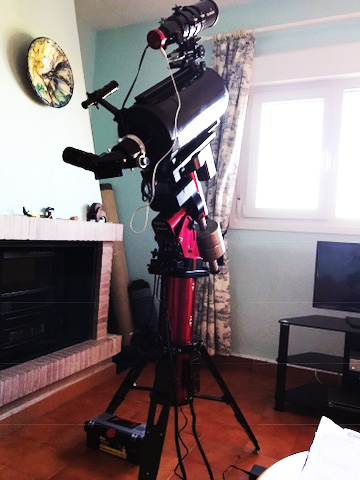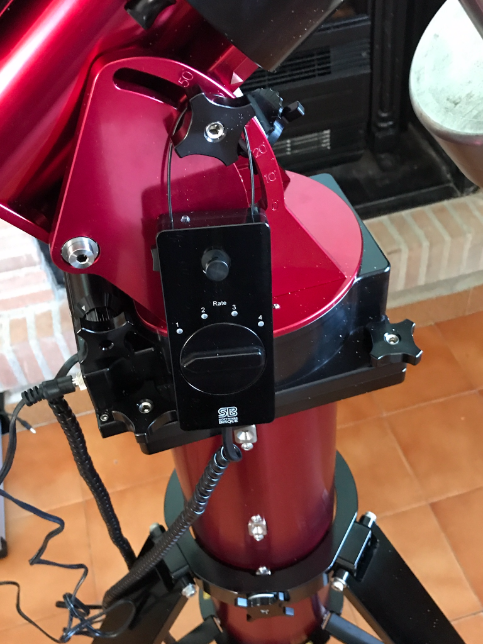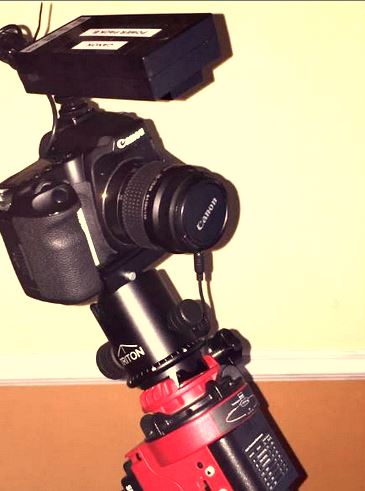Telescope Assembly
 Thursday, January 6, 2011 at 12:00PM
Thursday, January 6, 2011 at 12:00PM By midday I had managed to assemble the telescope - run power to it from the external socket and drop the two extra long USB cables down from the terrace where the telescope is located and through the front window where my laptop is located - next to the fireplace where I have a roaring log fire in the evenings. I was about to go to the supermarket but my neighbours dropped in and I gather everything is closed today due to it being a public holiday (3 Kings). Good job the freezer is well stocked.
I was able to assemble the telescope in some warmth - a really nice day with clear sky and hot sun. The time is now 12:06 GMT and already the sun is at the back of the house about 15 degrees or so above the mountain ridge to the rear.The sun will disappear in an hour or so from the terrace which will be in shadow and a lot cooler - always best to set as much up as possible in the morning for that reason.
The next step is to polar align the telescope again - using the polar alignment technique I described previously. The camera is attached to the telescope - it had been to the UK and back in my hand luggage (I am surprised how easily it is accepted at airport security - it looks rather like a land mine!) without being used once as I did not manage to get the right combination of clear skies and an unfrozen dome to be able to use it on my C14. The lift off door to the dome was frozen solidly to the dome when a few clear nights did occur but I could not remove it - it had a "weld" of ice running down both sides where it contacted the dome and I could just not prise it off at -15 degrees or so. I did get in when there was a thaw and set the camera up but there were no clear nights at all so zero images from the UK over Christmas and back to the hand luggage for the camera.
On 3rd December I took an image of M33 from Spain and on the 17th December a Japanese astronomer found a Nova in M33 which was not present in my image. See below:
The image on the right is the discovery image by T. Yusa and the arrow shows the location of the Nova. The image on the left is one that I took 2 weeks earlier from Cabrera where the Nova is not visible. I will try to get another image when my telescope is properly set up.
The sky was clear in the evening and I set up the telescope by first realigning the finder scope which must have been knocked out of position. I did this by centering Betelgeuse in the main scope using an eyepiece and then adjusting the finder to put Betelgeuse on the cross hairs. I then went through the CGEM 2 star alignment process with the camera back in place. The telescope was clearly out of alignment but I did manage to locate the 2 stars in the finder. I then went through the standard drift method of polar alignment. It is fairly easy on the CGEM with its handy adjustments on both axes.
A star was located near the meridian slightly above the celestial equator. If the star drifted south I moved the telescope to the west and if it drifted to the north I adjusted it to the east. This was carried out until the star did not drift for about 10 minutes. I then located a star near the eastern horizon. If it drifted to the south I increased the angle of the polar axis - if it drifted to the north I reduced the angle of the polar axis. This was carried out until the star did not drift for about 10 minutes.
I then repeated the operation with a star near the meridian again and repeated the process until the star did not drift.
It began to get cloudy so I abandoned operations but with a polar aligned scope.
 [Your Name Here] | Comments Off |
[Your Name Here] | Comments Off | 
